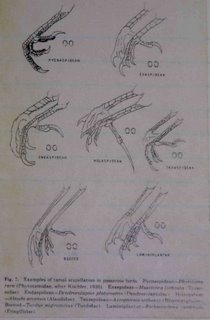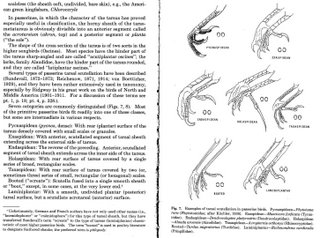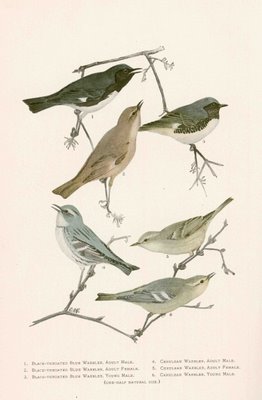
Perusing the early published paintings of Louis Agassiz Fuertes from the pages of Birdlore not too long ago, I noticed an interesting progression in the form of the artists signature. The first of Fuertes's works I can find in Birdlore were in volume 6 in 1904. These first paintings are signed with 'traditional' script. The bulk of Fuertes's work, through the years are signed in this manner, almost always with a characteristic, neat, compact cursive style, most often in watercolor and occasionally in pencil. This warbler plate represents that commonly seen signature, in this case simply the initials LAF, in others, like the Wilson's Warbler plate from a few posts ago, his entire name is signed. After a few years and publication of all the the Fuertes and Horsfall warbler plates, a new, but short lived series of signatures is seen in Fuertes's work. The development of and rational for the use of this monogram-type signature is a mystery to me. I can surmise that Fuertes was simply experimenting different manners of signing his work. The signature on the Thrush plate below is somewhat reminiscent of the early, 15th century natural history artist Albrecht Dürer....and I'm sure like many other artists. It seems, the development of a signature monogram is a common practice for many artists.


Lastly, in this Robin plate, published in the very next issue after the monogrammed Thrush plate, Fuertes has again changed the signature to simpler monogram.
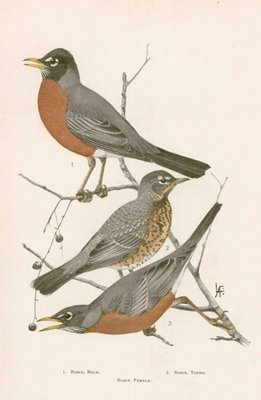
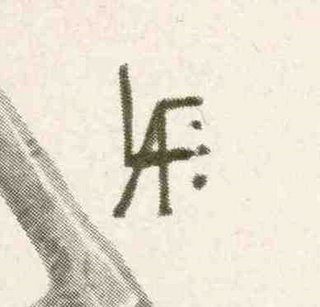
From this point forward, in the later pages of Birdlore, Fuertes seems to go back to the traditional script signature. This signature seems to have prevailed as he proceeds to use it most frequently for the rest of his career.





